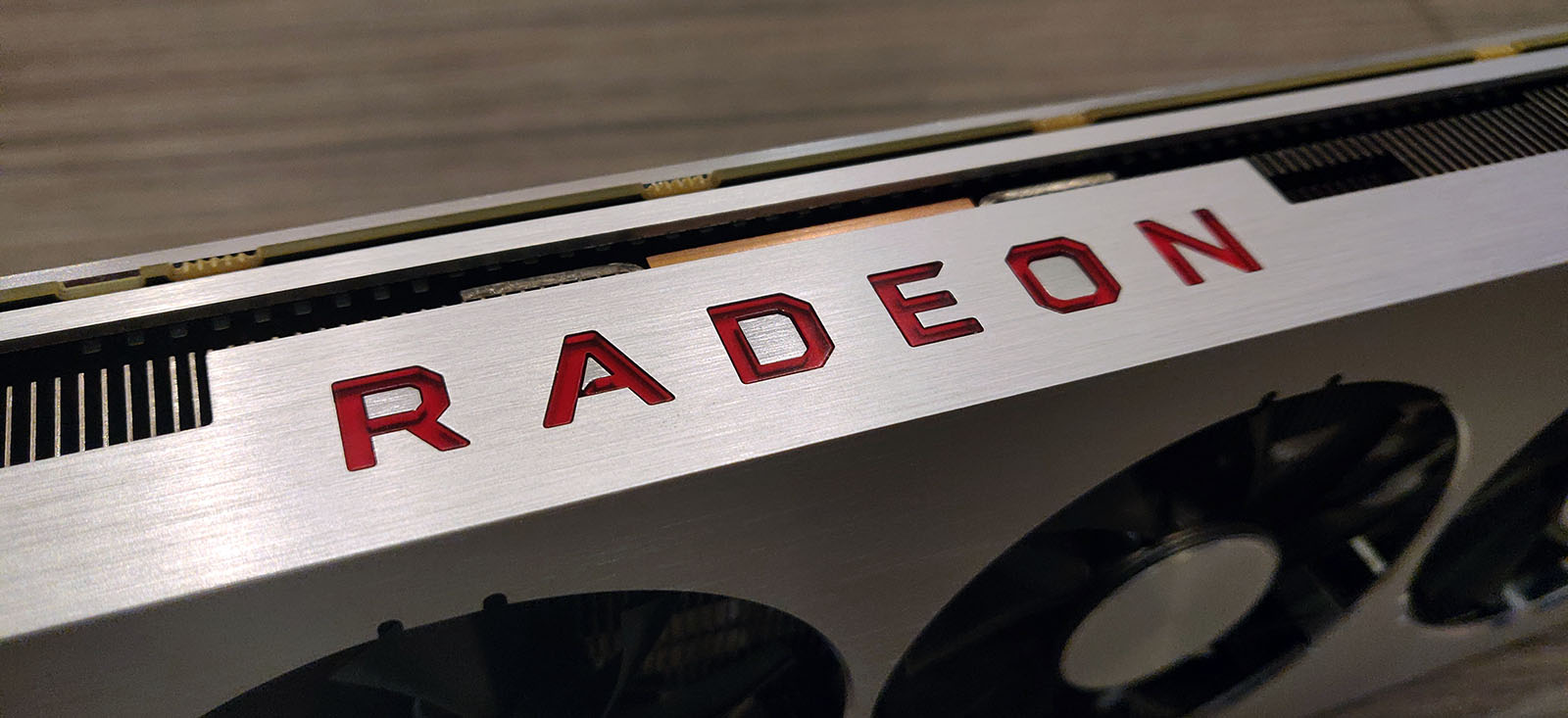

Able to deliver more than 7.4 TFLOPS of double-precision (FP64). There is evidence that FP64 performance on "gaming" cards is crippled due to having very few or no FP64 capable units. The NVIDIA Quadro GV100 is reinventing the workstation to meet the demands of. This is a huge deal where one GPU can outperform NVLink configurations from GPU’s previous. The RTX 3090 simply dominates even the past dual Titan RTX and Quadro RTX 8000 in NVLink setups we tested. Power consumption was measured with an iDRAC. Our first compute benchmark, and we see the RTX 3090, we can see the raw OpenCL and CUDA horsepower in action. The following figure shows power consumption of the server while running HPL on the NVIDIA A100 GPGPU in a time series.

#Fp64 precision nvidia code#
Out of preference a vector processor just wants a stream of "run this simple code against this huge array" and a lot of repeated runs on one piece of data quickly eats up bandwidth and processor cores. This performance improvement is credited to the new double-precision Tensor Cores that accelerate FP64 math. NVIDIA Tesla K20c Specs - FP64 (double) performance1,175 GFLOPS (1:3) NVIDIA GeForce GTX 780 Specs - FP64 (double) performance 173.2 GFLOPS (1:24) NVIDIA Quadro K6000 Specs - FP64 (double) performance 1.

By bringing the power of Tensor Cores to HPC, the NVIDIA A100 enables matrix operations in up to full, IEEE-certified, FP64 precision. However, CUDA seems like the more useful. The whole point in vector processors is that they work on streams of instructions and data and even in a GPU with massive bandwidth memory access is expensive, especially as your data has a dependency on previous parts of the calculation. Which theoretically unlocked FP64 performance. With support for bfloat16, INT8, and INT4, NVIDIA’s third generation Tensor Cores are an incredibly versatile accelerator for AI training and inference. AMD appears to offer more cores for that sort of computation over NVIDIA. The Geforce has a faster clock than the Quadro for the GDDR5 too (5 GHz vs 2.8 GHz). The Geforce beats it (by a good margin) in everything else. There is a lot of additional math involved because you can't do a simple "add these two registers together" but instead have to do the math the long way around.įrom Stack Overflow Multiplying 64-bit number by a 32-bit number in 8086 asmįor the final code (with merging) you'd end up with 8 MUL instructions, 3 ADD instructions and about 7 ADC instructions. This is why the Quadro is faster for FP64 apps, e.g. Doing 64-bit floating point math in 32-bit registers is workable, but it is far from a simple halving due to being double width. There would be additional load/stores and bytes needed to handle overflow which might use more registers. On the other hand multiplying 64-bit values would require either 4 registers (two 64-bit values split into 32-bit parts each) or memory load/stores between doing the lower 32-bit and then the higher 32-bit of the 64-bit value. Probably because the default register size within the units is 32-bits.Ī 32-bit register can hold two 16-bit values that can be multiplied across resulting in a doubling of performance.


 0 kommentar(er)
0 kommentar(er)
